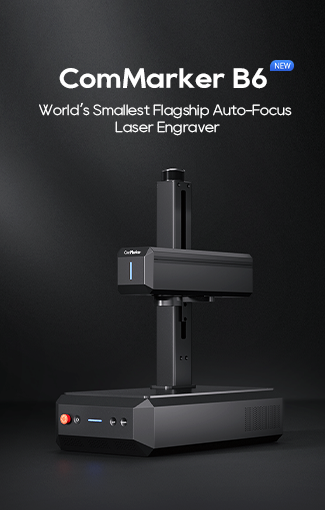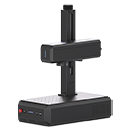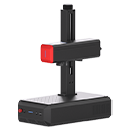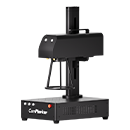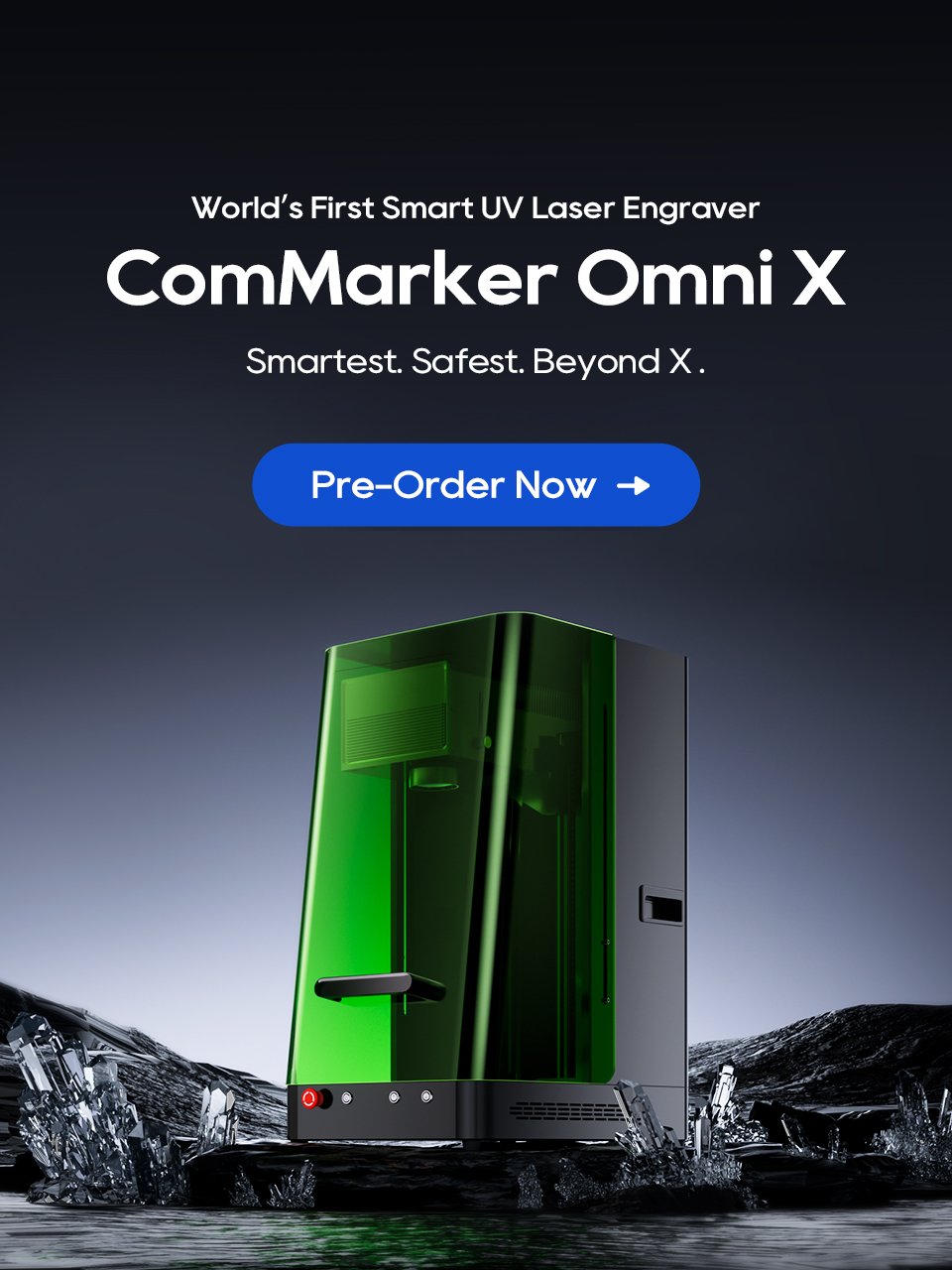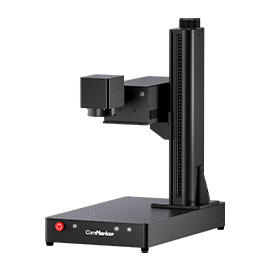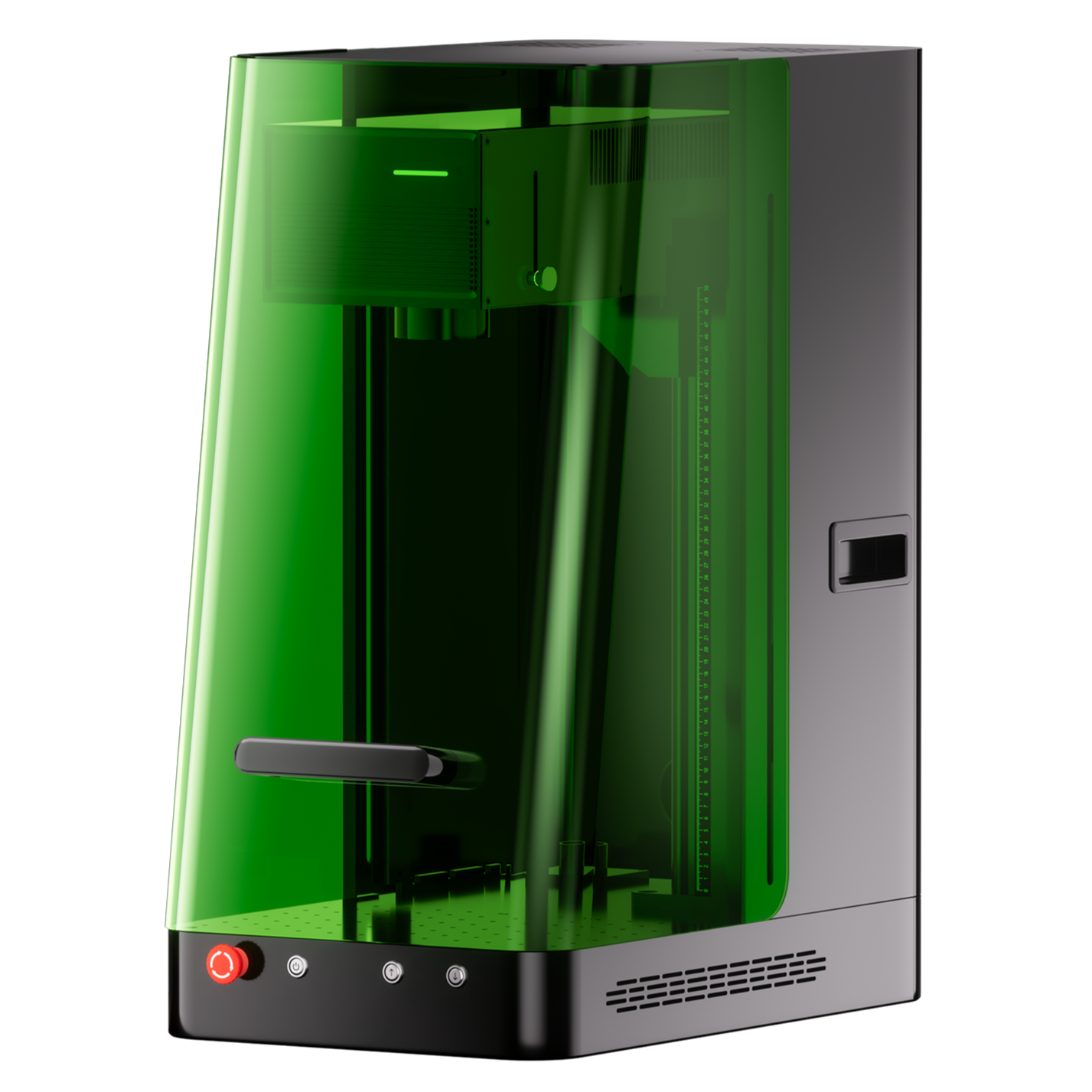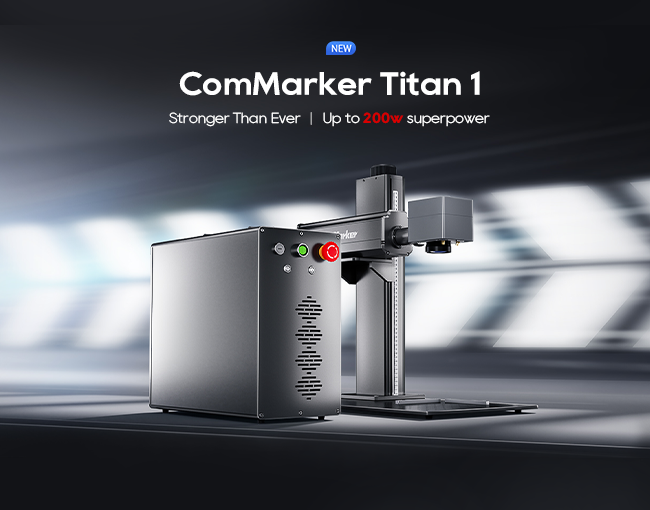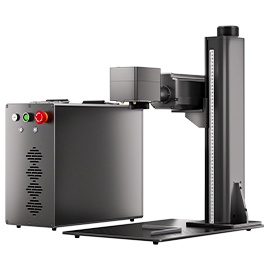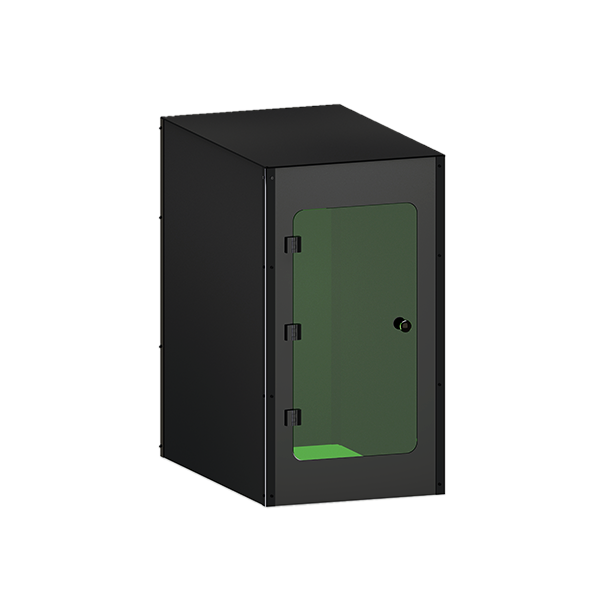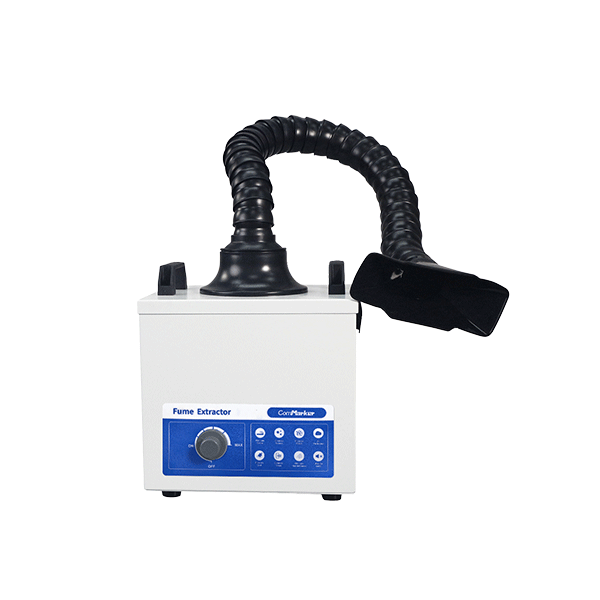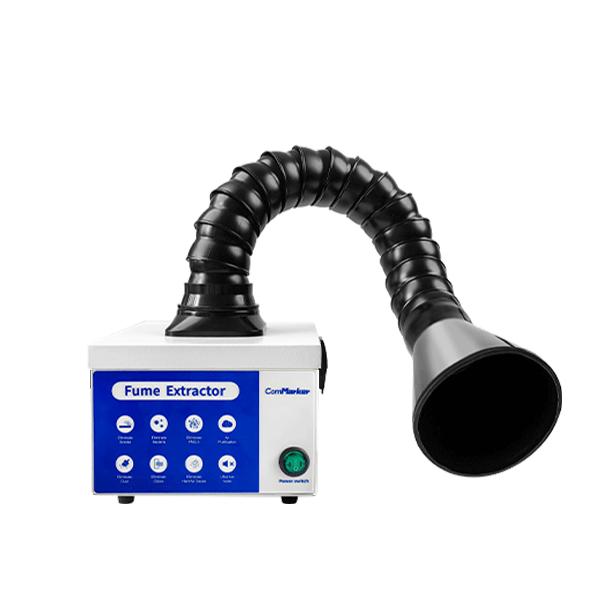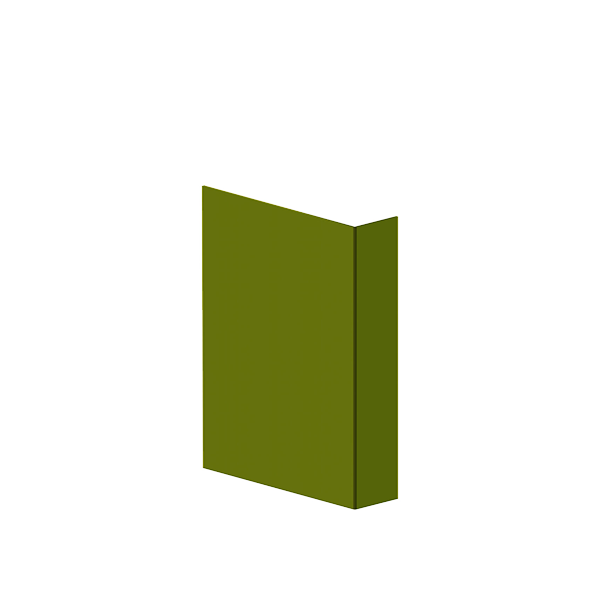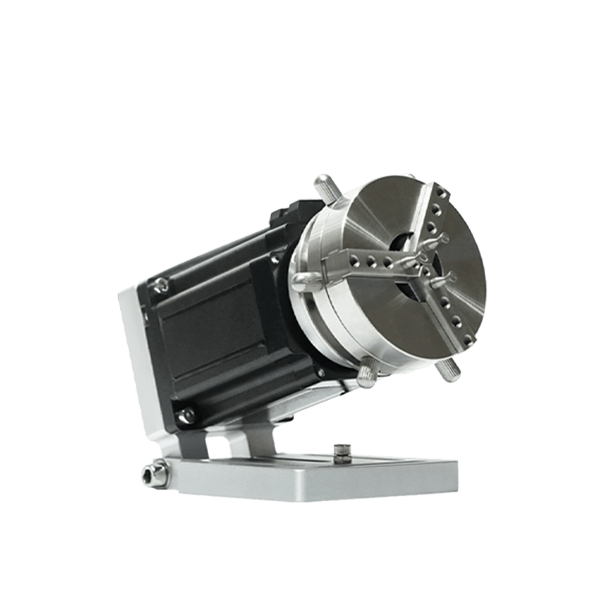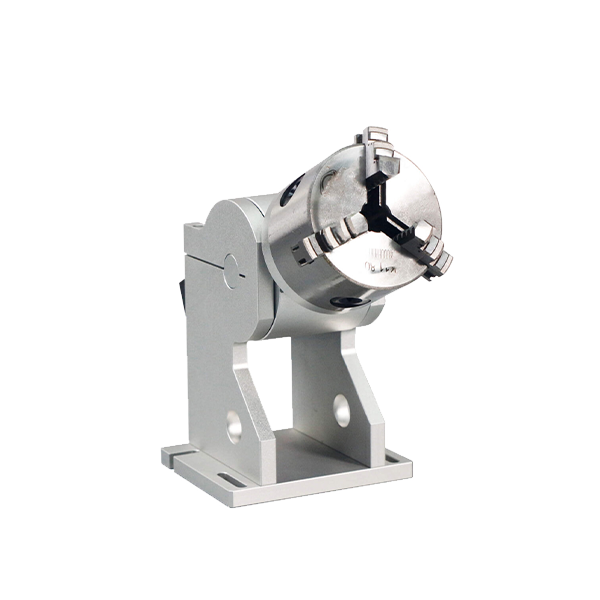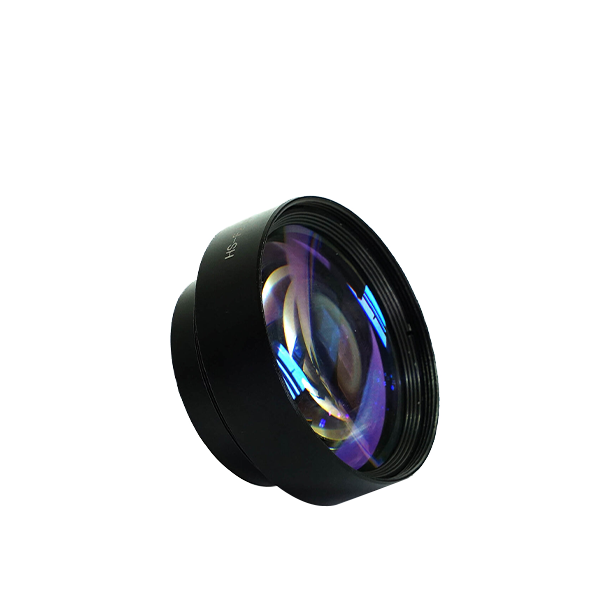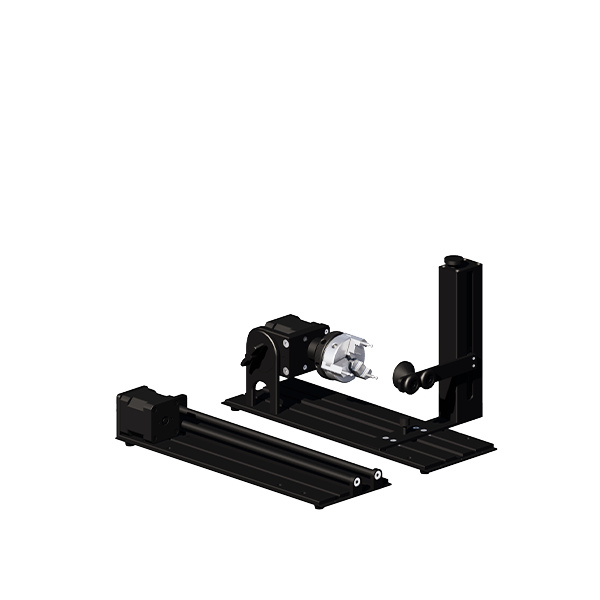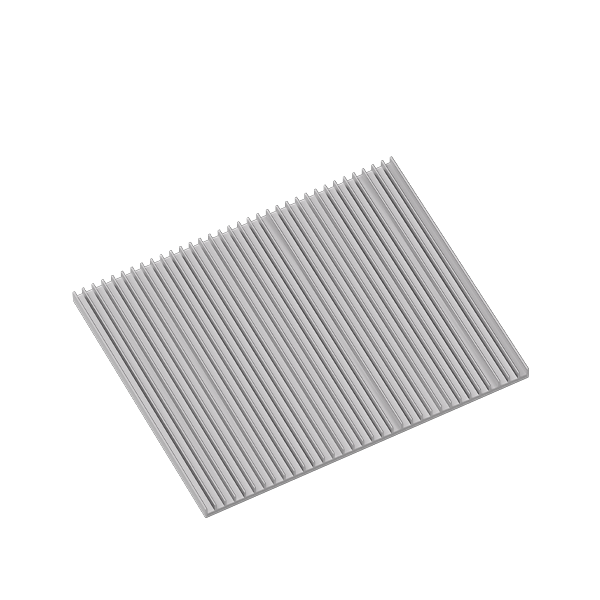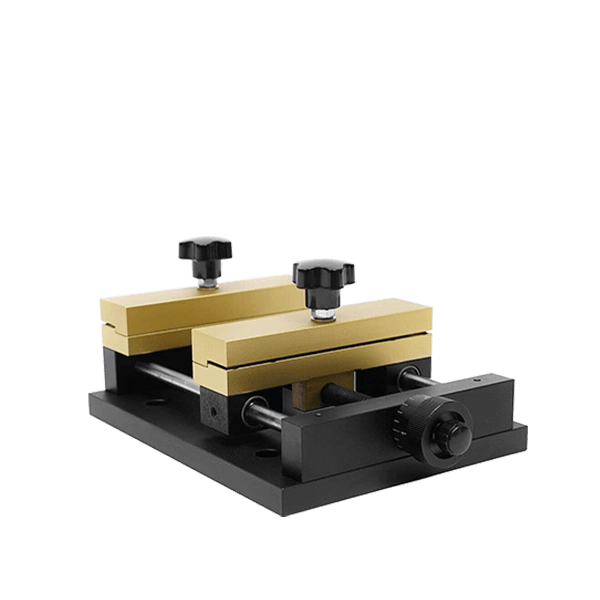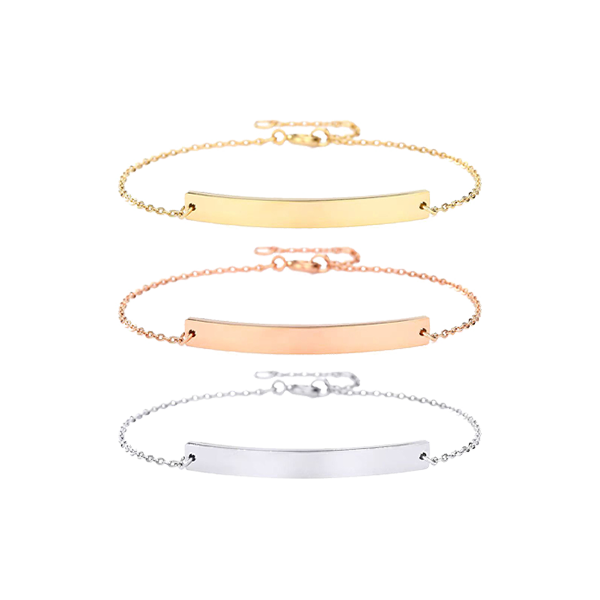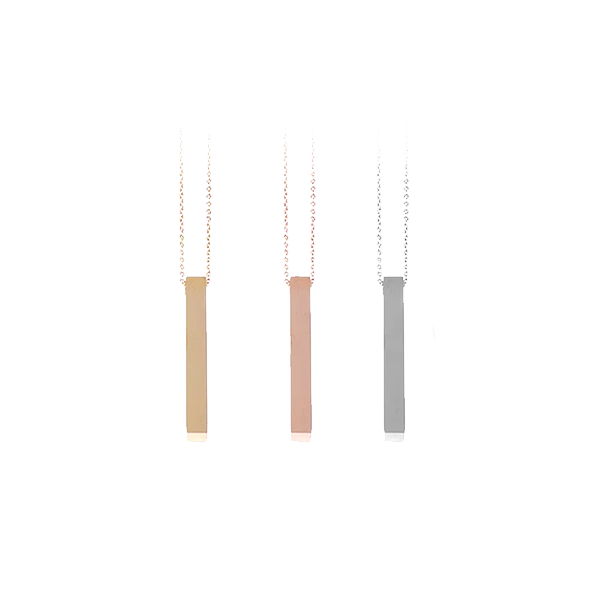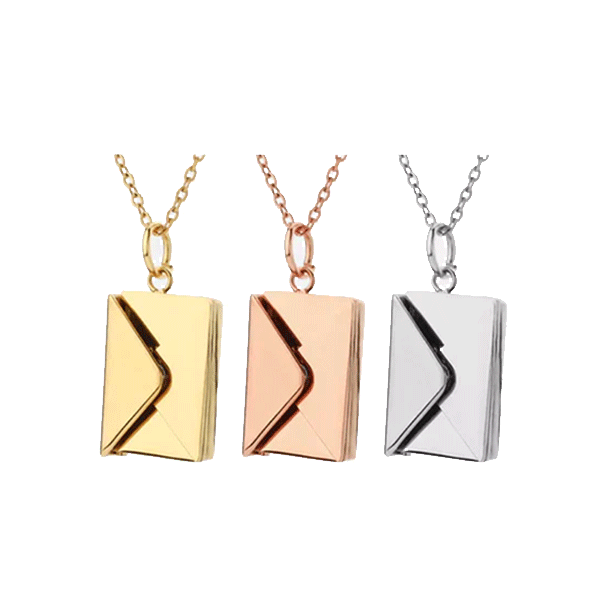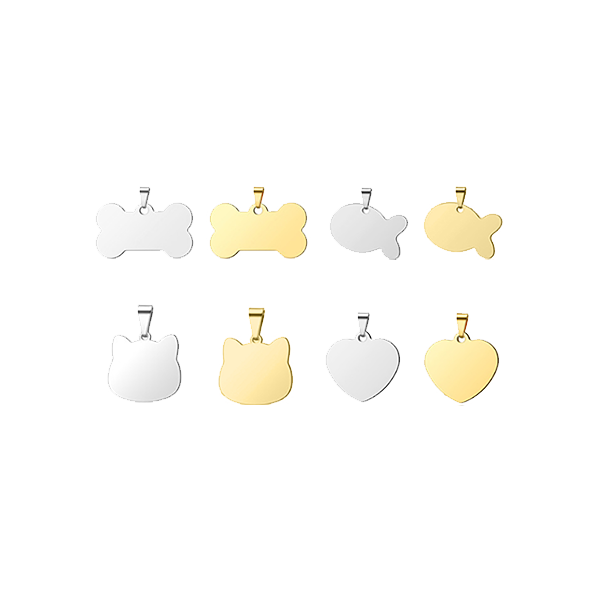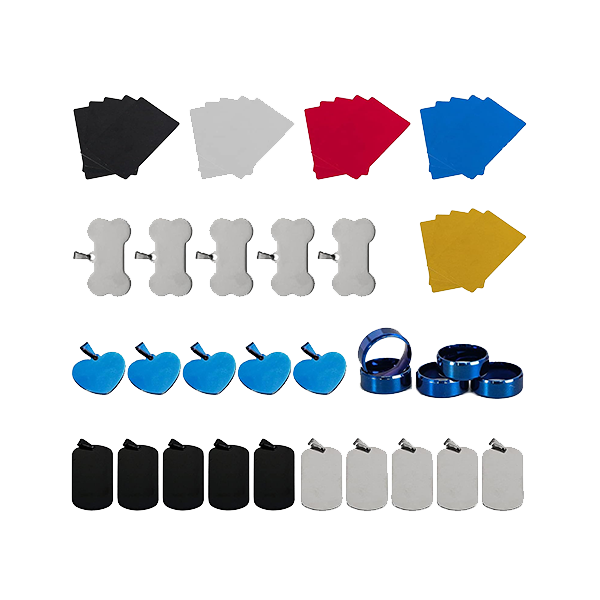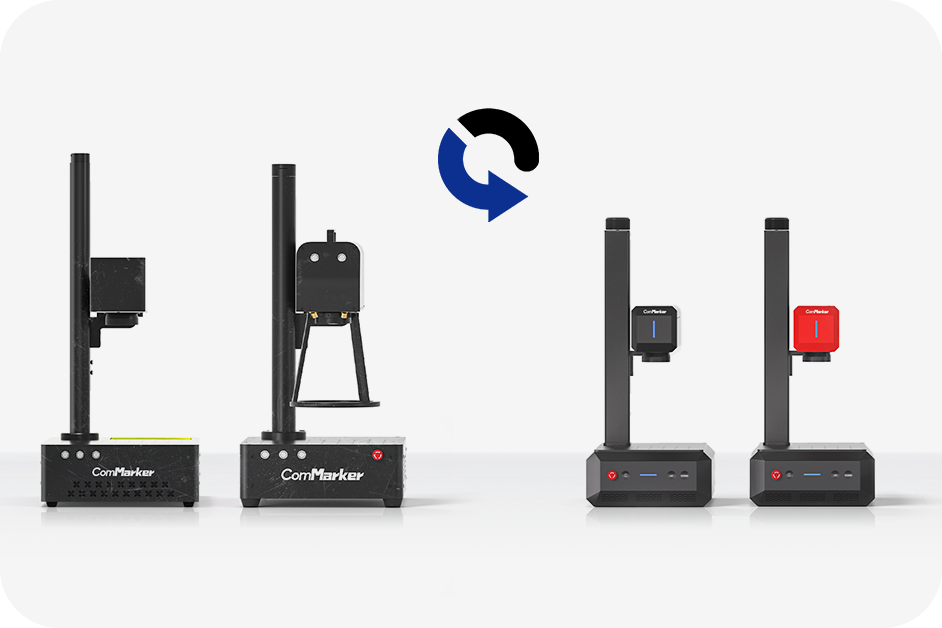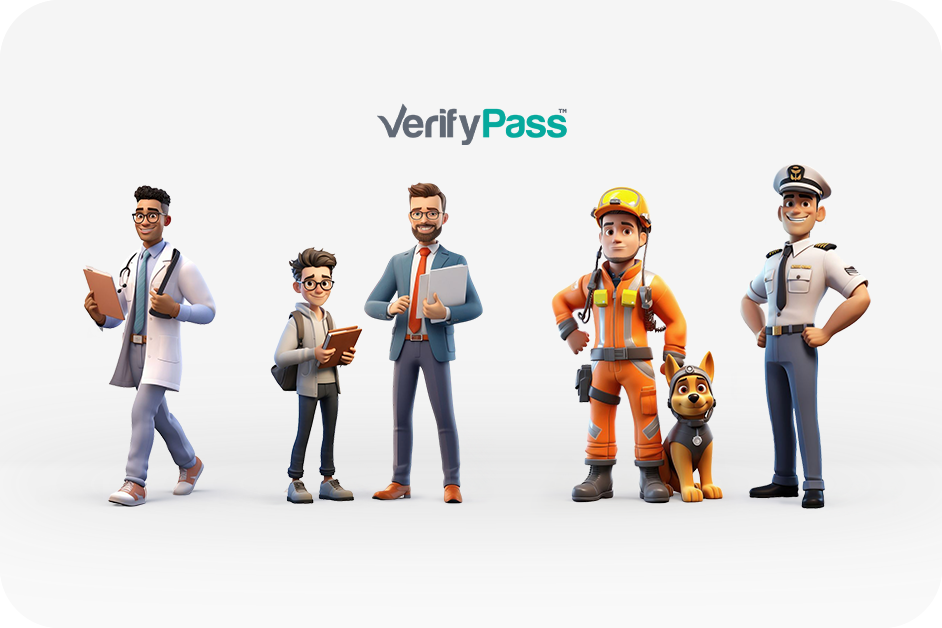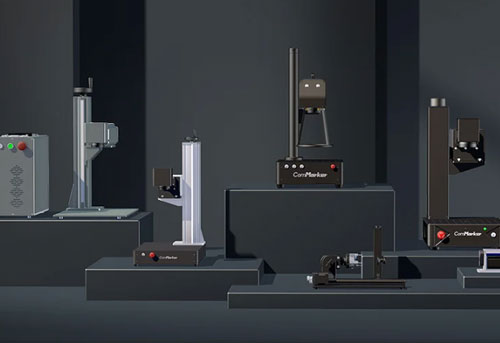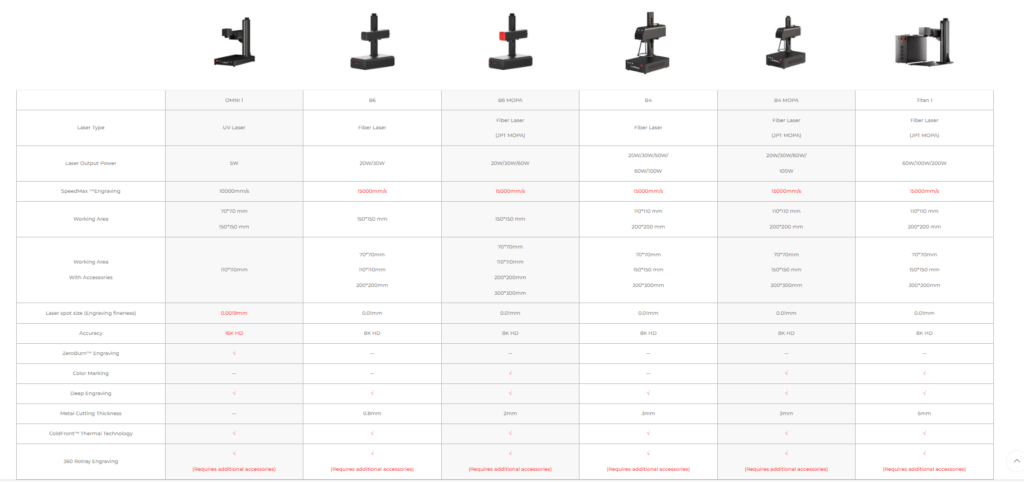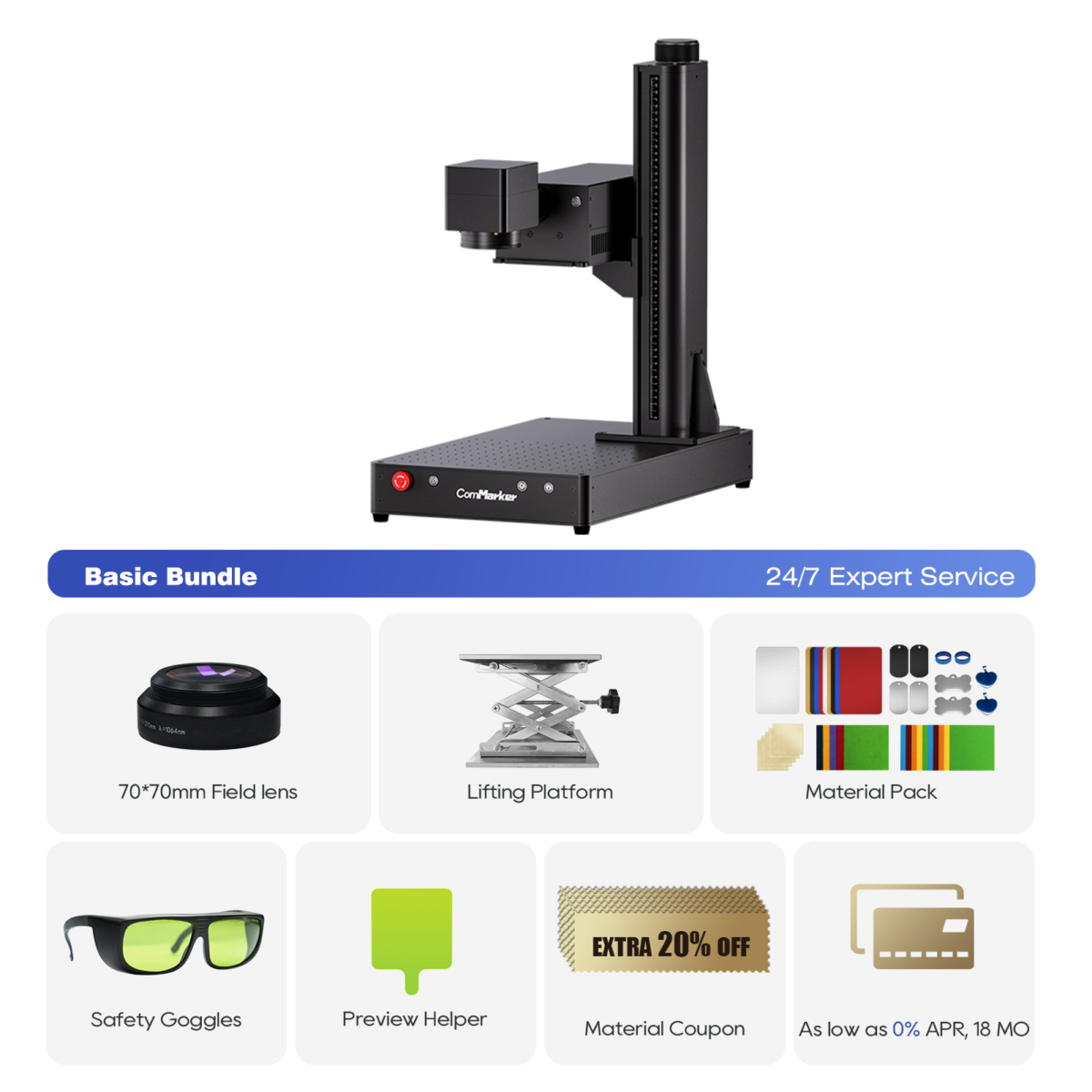Shopping for a laser engraver can be exciting—but also overwhelming. With so many machines on the market in 2025, it’s easy to get lost in a maze of specs, prices, and features. Whether you’re a hobbyist, small business owner, or industrial user, choosing the right laser engraver starts with understanding what really matters: power, precision, material compatibility, and workflow needs.
In this guide, we’ll walk you through every major spec and consideration so you can confidently invest in the laser engraver that fits your budget and business goals.

1. Understanding Laser Types
There are three main types of laser engravers, each suited for different materials and use cases:
| Laser Type | Best For | Example Machines |
|---|---|---|
| Fiber | Metals, coated plastics | ComMarker Titan 1, B6, M7 |
| UV (355nm) | Glass, plastic, leather, wood | ComMarker OMNI 1 |
| CO₂ (10.6μm) | Wood, acrylic, leather, paper | Not currently in ComMarker lineup |
👉 Tip: For metal marking and high-speed production, go fiber. For ultra-fine detail and multi-material work, UV lasers are the top choice.
2. Key Technical Parameters
Understanding machine specs helps you compare models with confidence.
Power (Watts)
- UV Lasers: Typically 5–10W. Ideal for light materials and fine engraving.
- Fiber Lasers: Range from 20W to 200W. Higher power = deeper cuts and faster engraving.
Rule of Thumb:
- <20W: Light-duty hobby or marking.
- 30–60W: Small business & product customization.
- 100W+: Industrial cutting, 3D engraving, batch work.
Speed
Measured in mm/s. Faster speeds (10,000–15,000 mm/s) are great for batch jobs but must be paired with precision.
Precision / Spot Size
- Fiber Laser: ~0.01 mm
- UV Laser: ~0.0019 mm
Higher precision = cleaner designs, sharper logos, better micro-text.
Working Area
Typical options:
- 70×70 mm or 150×150 mm (UV)
- 110×110 mm or 200×200 mm (Fiber)
Make sure your engraver supports lens swapping or electric lift if you work with different object sizes.
3. Material Compatibility
Your engraving goals should guide your material choice:
| Material | Best Laser Type |
|---|---|
| Stainless Steel | Fiber |
| Aluminum / Brass | Fiber (MOPA) |
| Plastic (ABS, PET) | UV |
| Acrylic | UV |
| Leather | UV or CO₂ |
| Glass | UV |
| Wood | UV or CO₂ |
Note: UV lasers offer burn-free engraving on heat-sensitive materials, making them a favorite for high-end crafts and electronics.

4. Must-Have Features
Here’s what to look for when comparing laser engravers:
- ✅ Autofocus / Electric Z-axis: Saves time and ensures accuracy
- ✅ Enclosure / Safety Interlocks: Essential for schools, makerspaces, or shared studios
- ✅ Rotary Attachment Compatibility: Needed for tumblers, rings, and cylindrical objects
- ✅ Software Compatibility: Look for EZCAD2 and LightBurn support
- ✅ Cooling System: Fiber lasers are usually air-cooled, while high-power CO₂ lasers may require water cooling

5. Workflow & Software
Most laser engravers in 2025 use one of the following software systems:
- LightBurn: User-friendly, great for design control and layout
- EZCAD2: Industry standard for fiber lasers; great for parameter control
Some machines also support:
- CorelDraw / Illustrator import
- Batch mode / array engraving
- Preview tracing
🧠 Pro Tip: For fast productivity, find a system with one-click autofocus, job memory, and preview functions built-in.
ComMarker Omni 1 Laser Engraver
Next Generation Laser to Unlock All Materials. ZeroBurn™ Engraving Technology World’s 1st 16K HD Laser Engraver 10,000mm/s SpeedMax™ Engraving System Unlock all material with UV Laser ColdFront™ Thermal Technology Electric Lifting with 2 Optional Lenses Compatible with EZCAD and LightBurn 360°Rotary Engraving System
6. Top Recommended Models for 2025
Here’s a quick look at ComMarker’s best laser engravers for different needs:
🔵 ComMarker Titan 1
Best For: Deep metal engraving, industrial use
- Power: 60–200W (JPT MOPA)
- High-speed 15,000 mm/s
- Supports color marking on stainless
👉 Shop Titan 1 »
🟣 ComMarker OMNI 1
Best For: Fine-detail, multi-material engraving
- Power: 5W or 10W UV
- Ultra-fine resolution (0.0019 mm spot)
- Engraves glass, plastic, leather, PCBs
👉 Shop OMNI 1 »
🔧 ComMarker B6 MOPA
Best For: Small shops or Etsy sellers
- Power: 20–60W
- Compact design, color engraving on metal
👉 Explore B6 MOPA »
7. Cost Breakdown: How Much Should You Spend?
| Use Case | Budget Range |
|---|---|
| Entry-Level Hobby | $500–$1,500 |
| Small Business | $2,000–$6,000 |
| Industrial/Batch Work | $8,000–$20,000 |
Don’t just chase wattage. Spend wisely based on:
- Your core materials
- Desired output speed
- Business goals or volume
Final Thoughts: Make the Right Investment
A laser engraver is more than a tool—it’s a creative engine. Whether you’re marking stainless steel tags, customizing glassware, or engraving detailed patterns on wood and leather, having the right machine saves time, improves quality, and grows your income.
👉 Ready to choose the best machine for your needs?
Explore ComMarker’s Laser Engraver Collection and start building your creative business with confidence.




